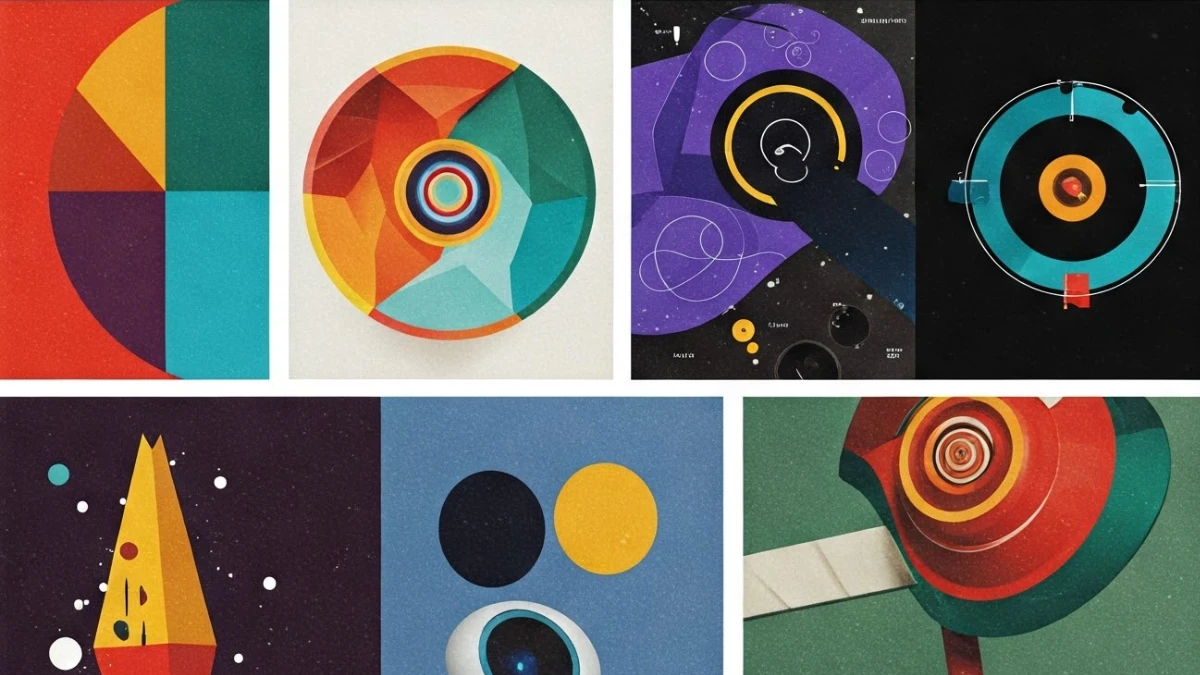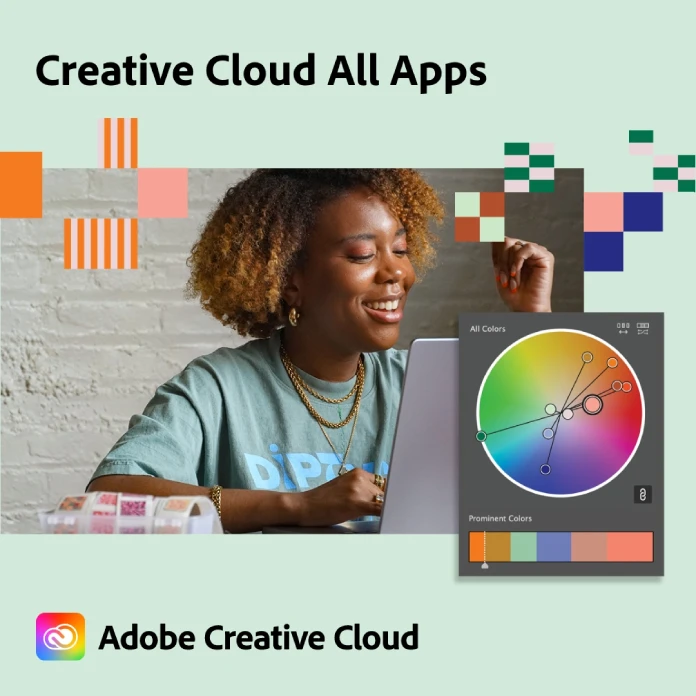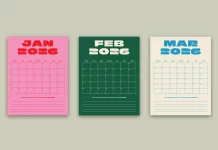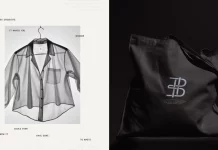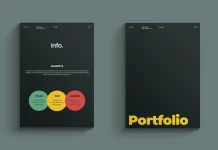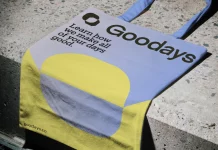This post contains affiliate links. We may earn a commission if you click on them and make a purchase. It’s at no extra cost to you and helps us run this site. Thanks for your support!
What should you look for in logo design software for 2026?
Creative work shifted faster in the last three years than in the decade before it. Logo designers feel this shift more than most. Artificial intelligence reshapes ideation. Cloud tools make collaboration instant. Even beginners expect software to guide them, not slow them down.
Choosing the right logo design software now means asking better questions.
Does the software help you move from idea to execution with fewer steps? Furthermore, does it support real-time collaboration? Does it feel like an assistant or an obstacle? And most importantly: does it help you create a mark that stands out in a saturated landscape?
The following ranking highlights the best logo design software for 2026—not based on hype, but on real capability, stability, and the creative freedom they offer.
1. Adobe Illustrator – the professional benchmark
Adobe Illustrator has long set the standard for professional vector graphics. In 2026, it remains the benchmark for serious logo designers because it combines precision drawing with a robust ecosystem. Adobe touts Illustrator as “the most versatile vector graphics design software on the market,” allowing designers to move from a napkin sketch to a finished logo. Features like Pathfinder and Shape Builder help you combine and manipulate geometric shapes, while Pantone and CMYK support keep colors accurate across media. You can start from a template or draw freehand, scan sketches via Adobe Capture, preview fonts from an integrated library of 16,000 typefaces and export in any format you need.
From a critic’s perspective, Illustrator’s depth is both its strength and its weakness. The learning curve is steep, and the subscription model remains pricey for freelancers. Nevertheless, if you value full control over curves, typography, and file formats, no other logo design software offers comparable precision. The addition of generative AI tools in the Creative Cloud also means Illustrator is no longer just a manual drafting tool; it’s a hybrid playground where AI suggestions meet expert craft.
Personal take
Illustrator remains my default for complex logos that require custom geometry and refined typography. It takes time to master, but nothing matches its precision or flexibility.
2. Affinity Designer – fast, free, and refreshingly focused
In 2024, Canva acquired Serif’s Affinity suite and made its vector design software free. Affinity stands out in 2026 as a professional‑grade alternative to Adobe without the monthly fee. The official product page emphasizes real‑time responsiveness; you can pan, zoom, and edit large files smoothly thanks to advanced rendering. Precision is a core promise: it gives you full control over every curve and node with snapping and alignment tools. Affinity’s Shape Builder lets you deform or combine geometric elements quickly, and you can convert raster images to clean vectors via the Image Trace function. Designers can also flow text along paths, create custom typographic styles, and apply bitmap fills and gradients for rich textures.
Where Affinity Designer shines is balance: it offers advanced features like non‑destructive editing and a unified workspace that combines vector and pixel tools, yet remains approachable. It’s powerful enough for a full UI system but quick enough to sketch a logo during a meeting. For freelancers and small studios, the one‑time price (now zero) makes it a budget‑friendly choice.
Personal take
Affinity Designer feels like a tool designed by people who love designing. It stays out of your way, and the performance is exceptional. It’s also a gift to freelancers and students who want professional tools without recurring costs.
3. CorelDRAW Graphics Suite – the all-in-one workhorse
CorelDRAW Graphics Suite 2025 positions itself as a “fully loaded, professional design toolkit”. It bundles several applications: CorelDRAW for vector illustration and page layout, Corel PHOTO‑PAINT for AI‑powered image editing, Corel Font Manager for managing typefaces and CorelDRAW Web for browser‑based design. The suite includes PowerTRACE, an AI‑based bitmap‑to‑vector tracing tool, and a content library of thousands of clip‑arts, fonts, and templates.
For logo work, CorelDRAW offers robust tools for vector illustration, page layout, and typography. The built‑in font manager and Pantone libraries help maintain brand consistency. Because the suite also includes a photo editor and screen capture utility, it’s suited to designers who handle both logo creation and broader marketing materials.
Personal take
CorelDRAW feels like a Swiss army knife. Everything you need is built in. The interface is a bit dated, but the toolbox is impressive—especially for print professionals.
4. Inkscape – open-source power for serious designers
For designers who prefer open source, Inkscape remains the go‑to vector editor. All Things Open describes it as a “powerful, open source vector graphics editor, ideally suited for creating scalable artwork such as logos, illustrations, and diagrams”. Inkscape’s standout features include Bezier and pen tools for precise drawing and complex curves, plus a Node tool for fine‑tuning paths. It supports boolean operations like union, difference, and intersection, allowing designers to combine and manipulate shapes easily. Typography is handled thoughtfully; you can adjust kerning, spacing, and text‑on‑path, and even flow text into complex shapes. Inkscape exports clean SVG files that display crisply on any device, and its extension system offers plugins for advanced path editing and specialized exports.
Because Inkscape is free, it democratizes professional logo design. That said, the interface can feel clunky compared with commercial software, and advanced features sometimes require plugins. If you value community‑driven development and open standards, Inkscape is an excellent addition to your logo design software arsenal.
Personal take
I admire Inkscape for proving that open-source design tools can be world-class. It’s powerful, customizable, and perfect for designers who prefer tools built by a passionate community.
5. Figma – collaboration-first design with growing vector strength
Figma started as a user‑interface design tool, but by 2026, it had broadened into a general creative platform. Ironhack’s 2025 guide notes that over four million designers use Figma, describing it as a “100% online, collaborative design tool” accessible from any browser. Core features include responsive layouts and reusable components, interactive prototyping, real‑time co‑editing, developer handoff via Dev Mode and FigJam for brainstorming. Figma’s versatility lets teams design, prototype, and validate ideas within a single environment. Recent updates add AI‑driven interface generation, freehand wireframes, and site creation tools.
For logo design, Figma isn’t a dedicated vector illustration tool like Illustrator or Inkscape. Nevertheless, its new Draw module introduces shape builder, lasso, and vector‑editing improvements, making it more capable of precise illustration. The power of Figma lies in collaboration: you can iterate on a logo with clients in real time, share prototypes instantly, and maintain consistency across design systems. If your branding workflow involves multiple stakeholders, Figma may complement other logo design software.
Personal take
I use Figma when presenting brand directions to clients. The live collaboration is unmatched. For final vector refinement, I still export to a more specialized app.
6. Kittl – browser-based disruptor
Kittl changed how we approach typography-driven logos. This web-based logo design software removes the technical barrier to entry. It specializes in complex text warping and vintage aesthetic effects. You do not need to manipulate individual bezier curves to get a professional look. The platform provides a vast library of high-quality illustrations.
It works entirely in the browser. Collaboration happens in real-time. While it lacks the pen-tool precision of Illustrator, it speeds up the ideation phase significantly. Creators use it for merchandise and badge-style logos. It democratizes high-end design techniques.
Personal take
Kittl is great for fast, expressive ideas. It encourages playful experimentation and makes type-driven layouts feel effortless. I use it when I want quick, stylish concepts without diving into a full vector workflow.
7. Canva – template-driven speed for instant branding
Canva remains a household name in 2026 for its ease of use and vast asset library. The platform offers a huge collection of fonts, icons, and templates. Its drag‑and‑drop interface lets beginners build logos without prior design skills, and its Brand Kit helps maintain consistent colors and typography across marketing materials. Canva also supports team collaboration with real‑time edits and a free plan that covers basic functionality.
The downside is that many templates are overused, and advanced logo editing features are limited. Canva is ideal for small businesses and entrepreneurs who need to create a cohesive brand quickly without mastering complex software. Its growing suite of AI tools for generating layouts and images further reduces production time.
Personal take
I used Canva for mockups and quick prototypes, but unfortunately, it’s very limited for professional work. It’s not my choice for final vector builds, but its accessibility, especially for beginners, is unmatched.
8. Looka – AI-powered logo creation for fast beginnings
If speed and simplicity matter, Looka offers an AI‑driven path to branding. The company claims its AI can create a logo that matches your vision in minutes. After entering your business name and preferences, Looka generates hundreds of custom logo mockups and lets you tweak colors, symbols, and layout. Once you finalize your design, the platform provides over fifteen high‑resolution file types, including SVG, PNG, EPS, and PDF. Looka’s Brand Kit then applies your logo across more than 300 marketing templates, such as business cards, social media profiles, and invoices.
Looka’s strength is rapid iteration: you don’t need design skills to produce a professional‑looking logo. However, the AI options sometimes feel generic, and true customization is limited compared with dedicated vector editors. Pricing varies depending on whether you purchase only the logo or the full Brand Kit. For entrepreneurs who value speed and consistency, Looka is a practical choice.
Personal take
Looka is ideal for entrepreneurs who need a polished logo quickly. Some creatives often use AI-generated results as creative prompts before developing a more refined concept.
9. BrandCrowd – enormous variety with AI customization
BrandCrowd combines a massive library of logo templates with AI customization. The platform offers over 300,000 templates spanning styles from wordmarks to retro, 3D, and minimalist designs. Users can customize fonts, colors, and layouts through a drag‑and‑drop editor. The AI generates tailor‑made designs in seconds and pairs logos with matching business names and domains. BrandCrowd’s toolkit extends beyond logos to include websites, business cards, and social media graphics.
Pros include the sheer variety of styles and the ability to see changes in real time. The cons are similar to other template‑driven tools: premium designs require payment, and logos can look similar to those created by other users. If you need a diverse set of options and want to experiment with different aesthetics, BrandCrowd is worth exploring.
Personal take
BrandCrowd is great for brainstorming and for users without any design experience. I treat it as a moodboard generator rather than a final-stop design tool.
10. Adobe Express – simple, fast, and mobile-friendly
Adobe Express (formerly Adobe Spark) is Adobe’s answer to quick, template‑based design. Express targets users who want professional logos without the steep learning curve of Illustrator. The app includes AI‑assisted logo generation: you input your brand name and preferred style, and the tool produces polished designs. Because Express is part of Adobe’s cloud, you can switch between phone and desktop seamlessly and integrate with Illustrator for advanced edits. It also offers access to Adobe Fonts and asset libraries, drag‑and‑drop customization, and real‑time collaboration features in premium plans.
Adobe Express’s appeal lies in its simplicity and credibility. You get trustworthy templates and the option to upgrade to more sophisticated tools without changing ecosystems. The drawbacks are limited customization and a smaller template variety compared with competitors. Pricing starts with a generous free tier; premium plans add fonts, stock images, and collaboration tools.
Personal take
It’s perfect for quick ideas, social graphics, and logo mockups. For advanced work, I appreciate how easily I can move files into Illustrator.
Which logo design software is truly the best?
The answer depends on your workflow:
- For complete control: Adobe Illustrator
- For pro features without a subscription: Affinity
- For open-source enthusiasts: Inkscape
- For multi-stakeholder teams: Figma
- For fast branding: Looka, Canva, or Adobe Express
Key Takeaways
The best logo design software is the one that enhances your creativity—not the one that dictates it. If a tool feels limiting, it will show in the work. If it supports your thinking, your logos will carry more personality, clarity, and purpose.
Logo design in 2026 rewards clarity, originality, and the willingness to explore new creative tools. The right software shapes that process more than ever. Some platforms excel through precision and depth. Others offer speed, accessibility, or collaboration. A few lean into AI to accelerate the earliest stages of ideation. Each approach has value, but only if it aligns with how you think and how you prefer to work.
The most effective logo design software is not the one with the longest feature list. It is the one that helps you maintain momentum, stay focused, and express ideas with confidence. When your tools reduce friction instead of creating it, your creative decisions become sharper, and your brand outcomes become stronger.
As the landscape continues to shift—driven by AI, cloud ecosystems, and community-driven innovation—the real advantage belongs to designers who stay curious. Experiment with multiple platforms. Challenge your usual workflow. Embrace tools that complement your strengths and question those that slow you down. The logos that shape 2026 will come from those who combine technology with intention, not those who simply follow trends.
Check out WE AND THE COLOR’s Graphic Design and Technology categories for more.
Subscribe to our newsletter!

